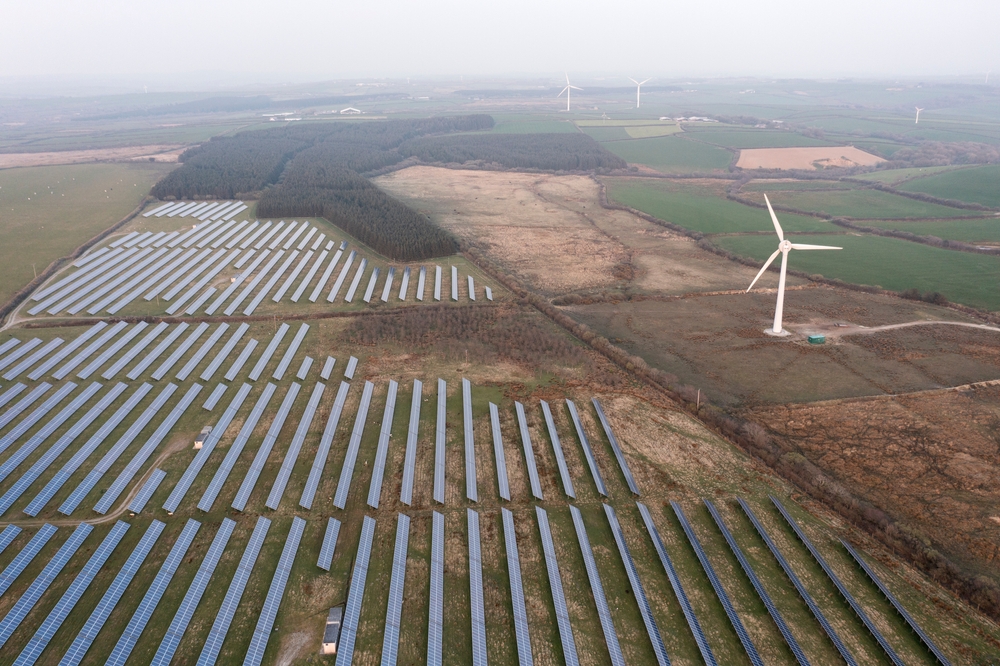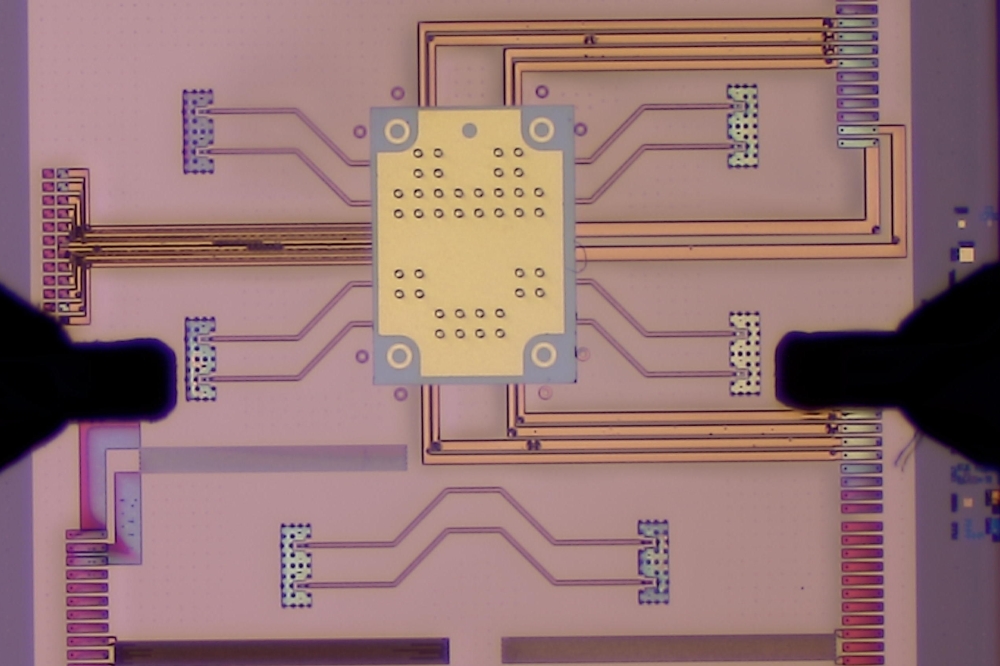Infineon Technologies Produces World's first Power Semiconductors in Silicon Carbide
Source: Infineon Technologies
New Silicon Carbide Schottky Diodes Enable Switch Mode Power Supplies with Lower Switching Losses
Munich, Germany. Infineon Technologies is the world s first manufacturer of power semiconductors producing Schottky diodes based on silicon carbide (SiC) technology. Compared with conventional power diodes in silicon or gallium arsenide technology, SiC Schottky diodes allow significantly lower switching losses and higher switching frequencies, while offering much higher operating voltage ranges than silicon Schottky diodes. With the new SiC Schottky diodes it is possible to implement reliable, compact Switched Mode Power Supplies (SMPS) with high switching frequencies in systems like PCs, servers and mobile phone base stations. As a result of the low switching losses, these diodes can operate at high switching frequencies without complex resonant switching circuits or snubbers. Furthermore, the low switching losses allow SMPS to be designed without heatsinks and fan.
Infineon s new SiC Schottky diodes enable the reduction of system costs for the SMPS manufacturer. Using SiC Schottky diodes result in reducing the switching losses of essential components. Higher switching frequencies of the diodes may be used with smaller, cheaper, and fewer passive components, such as inductors, resistors, and capacitors. Due to the lower switching currents and lower total switching losses, smaller and more cost-effective transistors can also be used. This enables the implementation of compact SMPS designs characterised by significantly higher reliability and high power densities.
Silicon carbide (SiC) is the ideal material for high-blocking voltage power semiconductors based on its characteristics, including a higher Schottky barrier, ten times higher electrical breakdown field strength, and a thermal conductivity comparable with that of copper. These characteristics of silicon carbide result in low leakage currents, low on-resistance and high current densities. While silicon Schottky diodes only reach blocking voltages of about 200 Volts and Gallium Arsenide diodes up to 250 Volts, silicon carbide diodes are capable of the range from 300 Volts to 3,500 Volts, offering new system options with higher voltages in switched mode power supplies and the increasingly growing market of Power Factor Correction (PFC) applications.
"Infineon s extensive experience in the field of power semiconductors and its state-of-the-art process technology formed the basis for the development of these new diodes that offer an ideal and space-saving solution for high-performance SMPS," explains Dr. Reinhard Ploss, Senior Vice President and General Manager, business group Automotive and Industrial at Infineon Technologies. "An essential advantage of Infineon s SiC technology is that it makes possible almost loss-free and very fast switching diodes. This not only reduces overall losses, but also improves reliability and lowers system costs "
Availability, packaging and price
Infineon s SiC Schottky diodes are available in 600 Volts (4 A and 6 A) and 300 Volts (10 A and 2 x 10 A) in a compact TO (Transistor Outline) 220 package and in TO263 package for Surface Mount Technology (SMT). Sampling started in January 2001, with series production planned for April 2001. In quantities of 10,000 pieces, SiC Schottky diodes with a blocking voltage of 600 Volts (4 A) are priced at Euro 3.50 (US $ 3.27, ) per unit, SiC Schottky diodes with a blocking voltage of 300 Volts (10 A) are priced at Euro 7.70 (US $ 7.20) per unit.
Background information: SiC Schottky diodes in PFC applications
In all solutions for active power factor correction, there are essentially two implementation approaches: with Discontinuous Current Mode (DCM) or with Continuous Current Mode (CCM). Although the Continuous Current solution requires an extremely fast diode, it offers many advantages: the highest occurring currents are reduced almost two to one than in the DCM case, therefore passive system components and power switch can be designed to be smaller. In addition, a simpler EMI filter can be used and the system is stable even at low load. However, when using a conventional or ultra-fast silicon diode, this method is limited by power losses due to these diodes reverse recovery. In contrast, SiC Schottky diodes are ideally suited to CCM applications of power factor correction, since they do not exhibit reverse recovery. The diode s return current must flow through the switch that is also part of the PFC circuit. Lack of reverse recovery current allows use of a smaller and more cost-effective MOSFET, removes this loading from the circuit and increases overall system s reliability.
In PFC applications, switching losses are determined to a large degree by the diode recovery current, which is considerable, increasing with the diode breakdown voltage. Up to now, this effect limited maximum switching frequencies to below 100 kHz without the use of resonant snubbers or auxiliary power switches. However, the higher the switching frequency, the smaller number and size of the passive components, such as coils and capacitors, and the lesser the costs of the whole system.
Further information on Infineon s silicon carbide Schottky diodes is available under www.infineon.com/sic
About Infineon
Infineon Technologies AG, Munich, Germany, offers semiconductor and system solutions for applications in the wired and wireless communications markets, for security systems and smartcards, for the automotive and industrial sectors, as well as memory products. With a global presence, Infineon operates in the US from San Jose, CA, in the Asia-Pacific region from Singapore and in Japan from Tokyo. In the fiscal year 2000 (ending September), the company achieved sales of Euro 7.28 billion with about 29,000 employees worldwide. Infineon is listed on the DAX index of the Frankfurt Stock Exchange and on the New York Stock Exchange (ticker symbol: IFX). Further information is available at www.infineon.com.
Contact: Worldwide Headquarters: Munich Monika Sonntag Tel/Fax: +49 89 23424497/28482 monika.sonntag@infineon.com or U.S.A. Toni Goodrich Tel/Fax: 408 5016382/2424 toni.goodrich@infineon.com or Asia: Kaye Lim Tel/Fax: +65 8400 689/082 kaye.lim@infineon.com or Investor Relations Contact: Tel/Fax: +49 89 234 26655 / 26155 E-mail: investor.relations@infineon.com
Tel/Fax: +49 89 234 26655 / 26155
E-mail: investor.relations@infineon.com
E-mail: investor.relations@infineon.com
Web site: http://www.infineon.com































